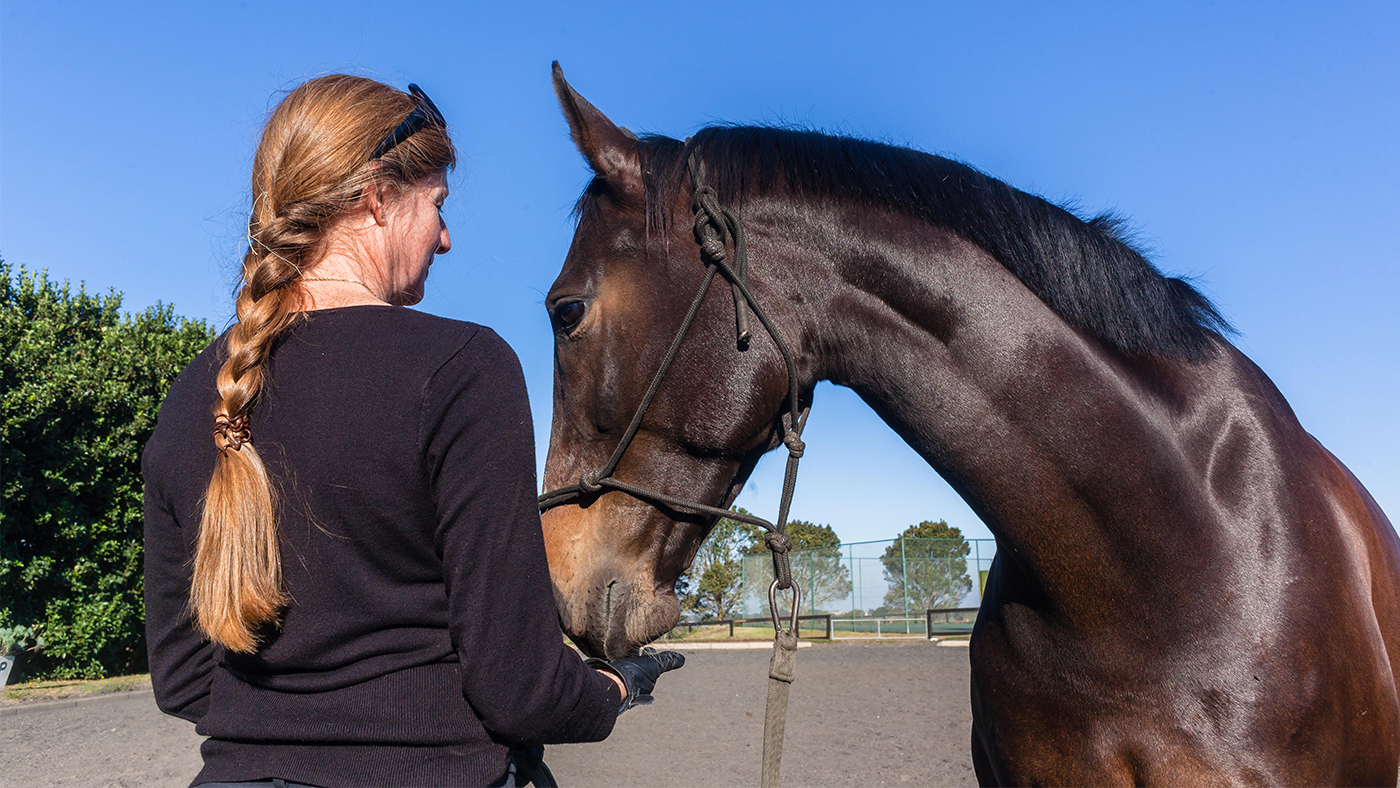Training a horse is a rewarding yet challenging endeavor that requires a deep understanding of equine psychology, physiology, and behavior. Whether you’re a first-time horse owner or a seasoned equestrian looking to brush up on the basics, this comprehensive guide aims to demystify the fundamentals of horse training. Learn about essential training techniques, common mistakes to avoid, and how to establish a strong bond with your equine companion.
Why is Proper Training Important?
Training is the cornerstone of a healthy horse-human relationship. It establishes boundaries, enhances communication, and sets the stage for a wide range of activities, from leisurely trail rides to high-stakes competitions. Proper training also ensures the safety of both the horse and the rider.
Basic Training Goals
Trust and Communication
- Groundwork: Basic exercises to establish trust.
- Voice Commands: Effective communication through verbal cues.
Physical Conditioning
- Exercise Regimens: To build stamina and strength.
- Balance and Coordination: Key for both rider and horse.
Skill Development
- Basic Gaits: Walk, trot, and canter.
- Maneuvers: Turning, stopping, and backing up.
Essential Training Techniques
Positive Reinforcement
- Reward good behavior to encourage repetition.
Pressure and Release
- Apply gentle pressure to request action, release when complied.
Lungeing
- Useful for teaching basic commands and improving balance.
Common Horse Training Mistakes to Avoid
- Lack of Consistency: Inconsistent cues and rewards can confuse the horse.
- Skipping Fundamentals: Foundation training should not be rushed.
- Forcing Progress: Training should be at the horse’s pace, not yours.
Safety Precautions During Training
- Wear Appropriate Gear: Safety helmet, gloves, and riding boots.
- Know Emergency Protocols: How to dismount quickly or control a spooked horse.
- Train in a Secure Environment: Preferably a fenced arena or similar enclosed space.
When to Seek Professional Help
- Behavioral Issues: Aggression, fear, or other problems may require expert intervention.
- Specialized Training: Such as dressage, jumping, or reining.
- Health Concerns: If the horse is not responding well to training, consult a vet to rule out medical issues.
Tips for Long-term Success
- Be Patient and Persistent: Training is a long-term commitment.
- Observe and Adapt: Each horse is unique; tailor your methods accordingly.
- Continuous Learning: Stay updated with new training techniques and theories.
Conclusion
Training a horse is a multifaceted process that involves more than just teaching commands or tricks. It’s about building a mutually respectful relationship based on trust and understanding. By focusing on foundational training, employing effective techniques, and avoiding common mistakes, you can lay the groundwork for a successful and rewarding experience with your equine companion.
